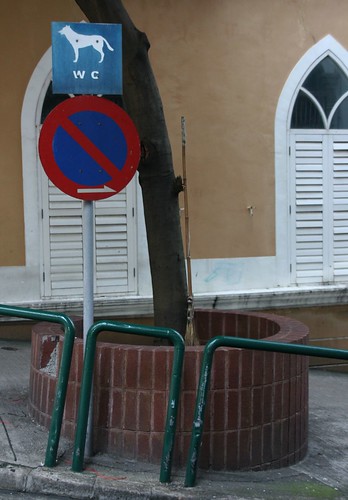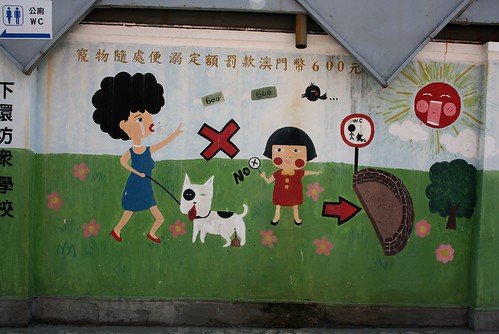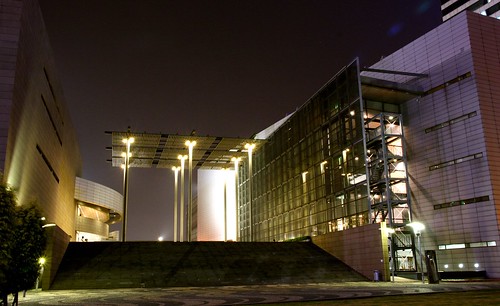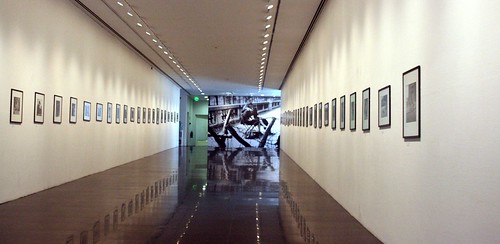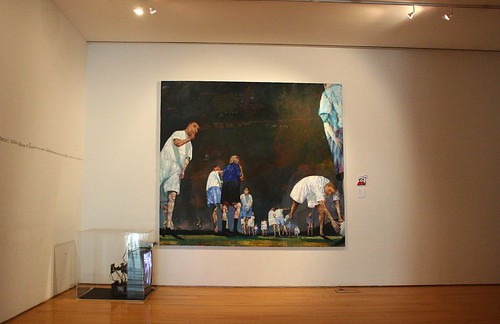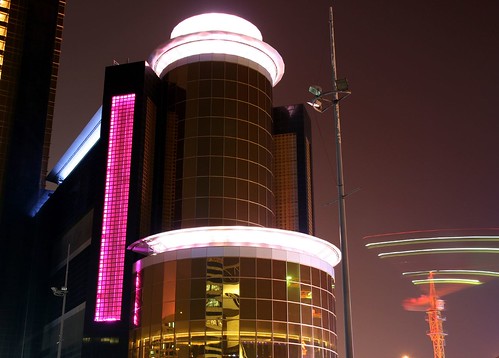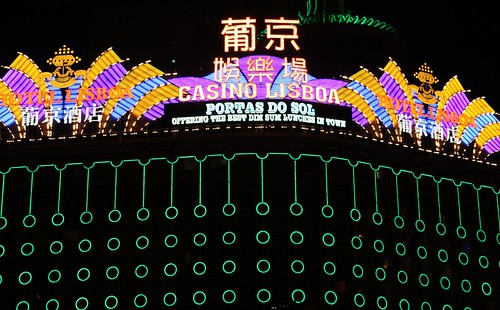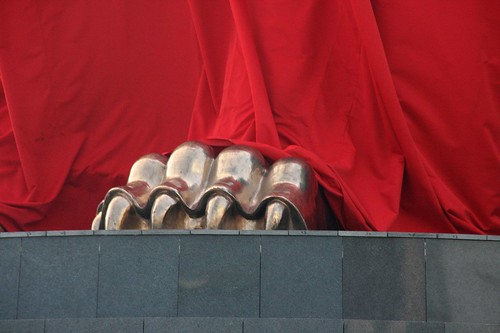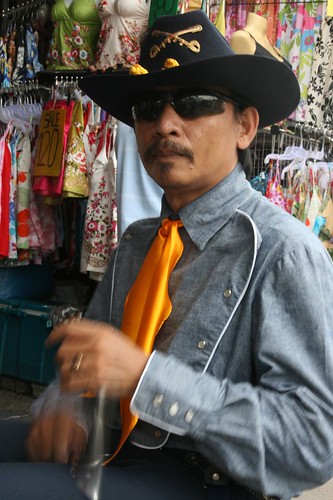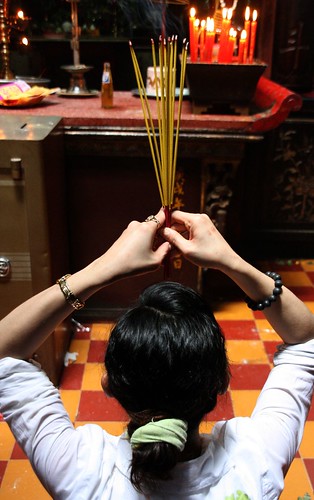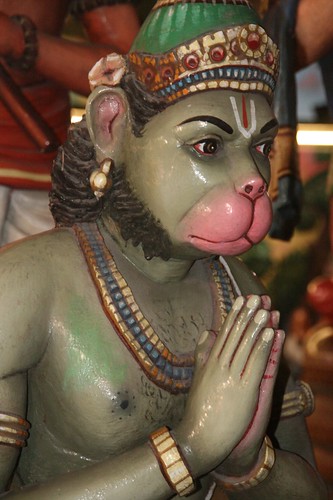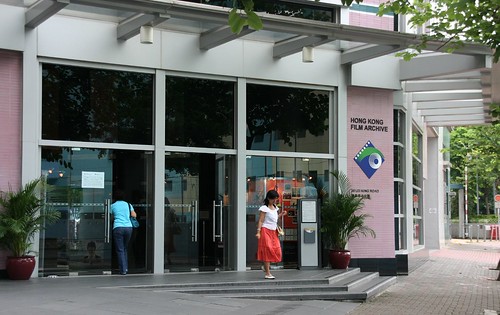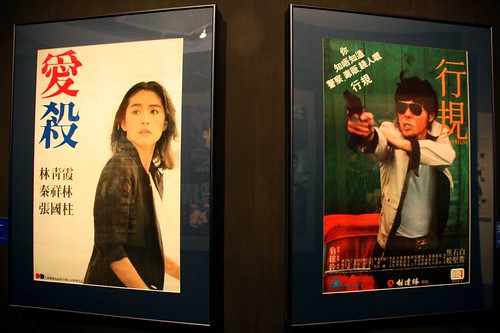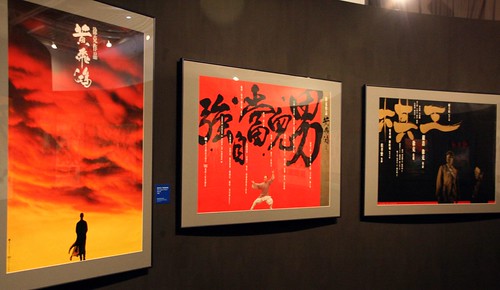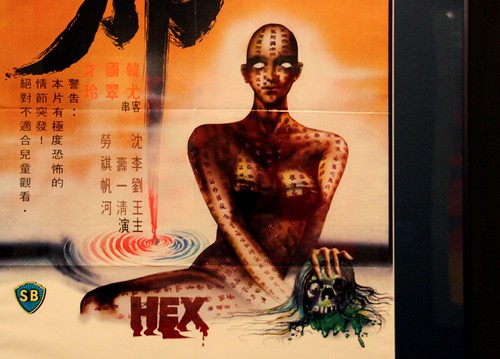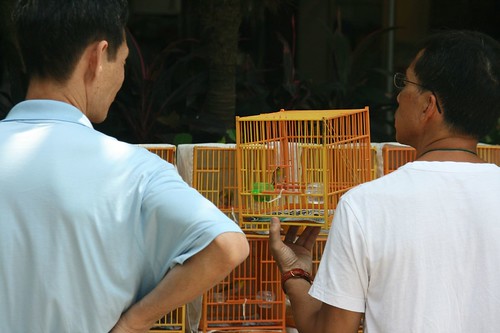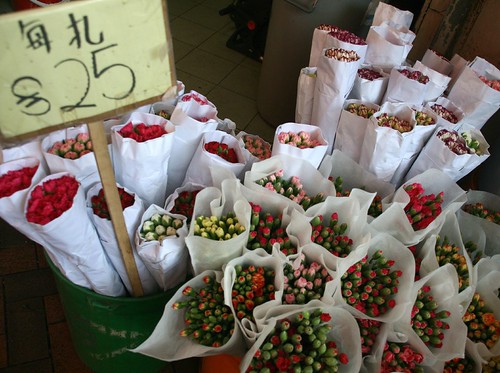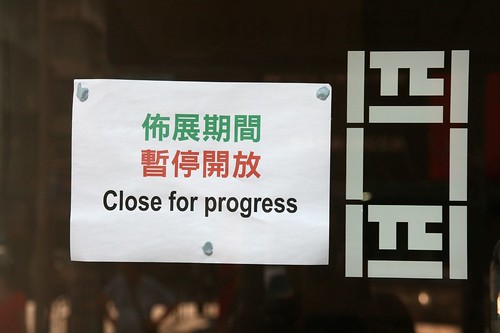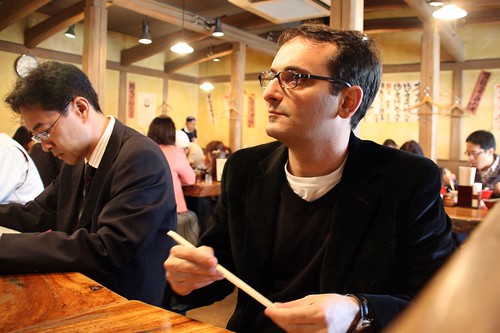Tokyo-ite
After seven months on the road I've arrived someplace familiar. However, it's been almost 15 years since I lived in Tokyo. While Tokyo is still Tokyo, it's not the same city I lived in for 18 months. Perhaps it's because I arrived on the Friday before a holiday weekend, three days of blazing sunshine in which the city's population of 12 million jammed the streets. Tokyo has always been crowded, but to my eyes it seems more crowded, more built up, more hectic, more everything, than it was in the early 1990s.
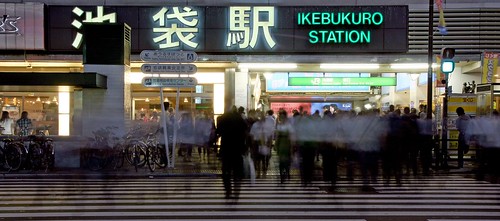
Ikebukuro Station
I'm withholding final judgment on the matter. I'll let you know my opinion in a month. Yes, a month. I've decided to put down temporary roots and re-explore this incredible city. I've rented an apartment for a month, a task made very easy by Sakura House, a real estate agency that specializes in rentals for foreigners. Yes, after seven months of transience, seven months of moving from hotel to hostel to guesthouse, I'll be sleeping in one place for four straight weeks. Even better, I'll have a kitchen when I can cook as much ramen as one man can eat in a month.
Finding Sakura House was a blessing. When I lived here in the early 1990s, there were no agencies catering to gaijin. There was also no Internet. Finding housing was a matter of either paying exorbitant fees through a rental agency, if you could find one that would housing to foreigners, or scanning the guesthouse ads in English-language publications. There were options, but it wasn't always easy. Now, I just popped in to the Sakura House office in Shinjuku and 30 minutes later was set up with a room in an apartment in a posh neighborhood in central Tokyo. I will be sharing the space with two other people. More details to come.

Cute or Scary?
How will I fill my time this month? For starters, I've signed up for three weeks of intensive language study. Three hours a day, five days a week. I hope to pick up enough Japanese that I will be able spend speak to the locals, both during my stay in Tokyo and during a few weeks of traveling that I've got planned for October and November. It's been rough lately being illiterate - I'd like to be able to ask simple questions and carry on basic conversations in the local tongue.
Also, Japanese could come in handy for that inevitable job search when I return to the States. Who knows? Gambatte!
On a side note, there always seems to be a festival in the streets of Japan. This weekend, on Saturday night in Shibuya and on Sunday afternoon in Shinjuku, I came across groups carrying heavy arks through the streets while chanting and generally making a lot of noise. I don't know what the occasion was - another reason to learn Japanese. It looked like they were having a lot of fun.
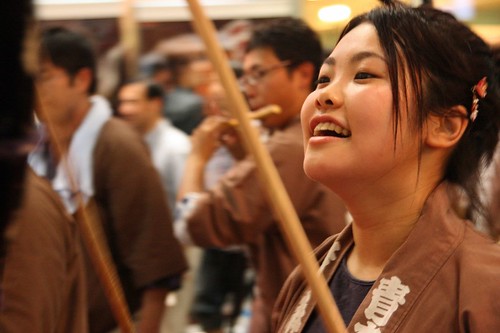
Shibuya
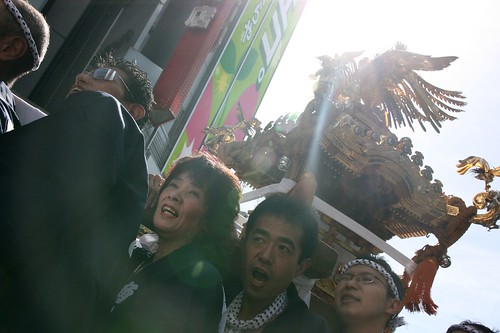
Shinjuku
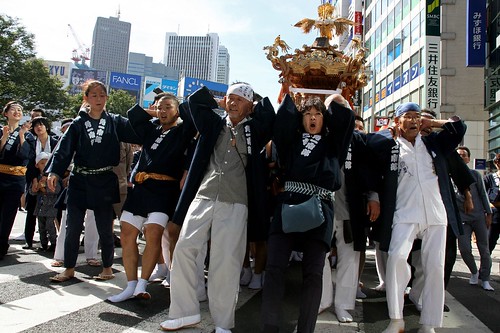
Shinjuku

I'm withholding final judgment on the matter. I'll let you know my opinion in a month. Yes, a month. I've decided to put down temporary roots and re-explore this incredible city. I've rented an apartment for a month, a task made very easy by Sakura House, a real estate agency that specializes in rentals for foreigners. Yes, after seven months of transience, seven months of moving from hotel to hostel to guesthouse, I'll be sleeping in one place for four straight weeks. Even better, I'll have a kitchen when I can cook as much ramen as one man can eat in a month.
Finding Sakura House was a blessing. When I lived here in the early 1990s, there were no agencies catering to gaijin. There was also no Internet. Finding housing was a matter of either paying exorbitant fees through a rental agency, if you could find one that would housing to foreigners, or scanning the guesthouse ads in English-language publications. There were options, but it wasn't always easy. Now, I just popped in to the Sakura House office in Shinjuku and 30 minutes later was set up with a room in an apartment in a posh neighborhood in central Tokyo. I will be sharing the space with two other people. More details to come.

How will I fill my time this month? For starters, I've signed up for three weeks of intensive language study. Three hours a day, five days a week. I hope to pick up enough Japanese that I will be able spend speak to the locals, both during my stay in Tokyo and during a few weeks of traveling that I've got planned for October and November. It's been rough lately being illiterate - I'd like to be able to ask simple questions and carry on basic conversations in the local tongue.
Also, Japanese could come in handy for that inevitable job search when I return to the States. Who knows? Gambatte!
On a side note, there always seems to be a festival in the streets of Japan. This weekend, on Saturday night in Shibuya and on Sunday afternoon in Shinjuku, I came across groups carrying heavy arks through the streets while chanting and generally making a lot of noise. I don't know what the occasion was - another reason to learn Japanese. It looked like they were having a lot of fun.




